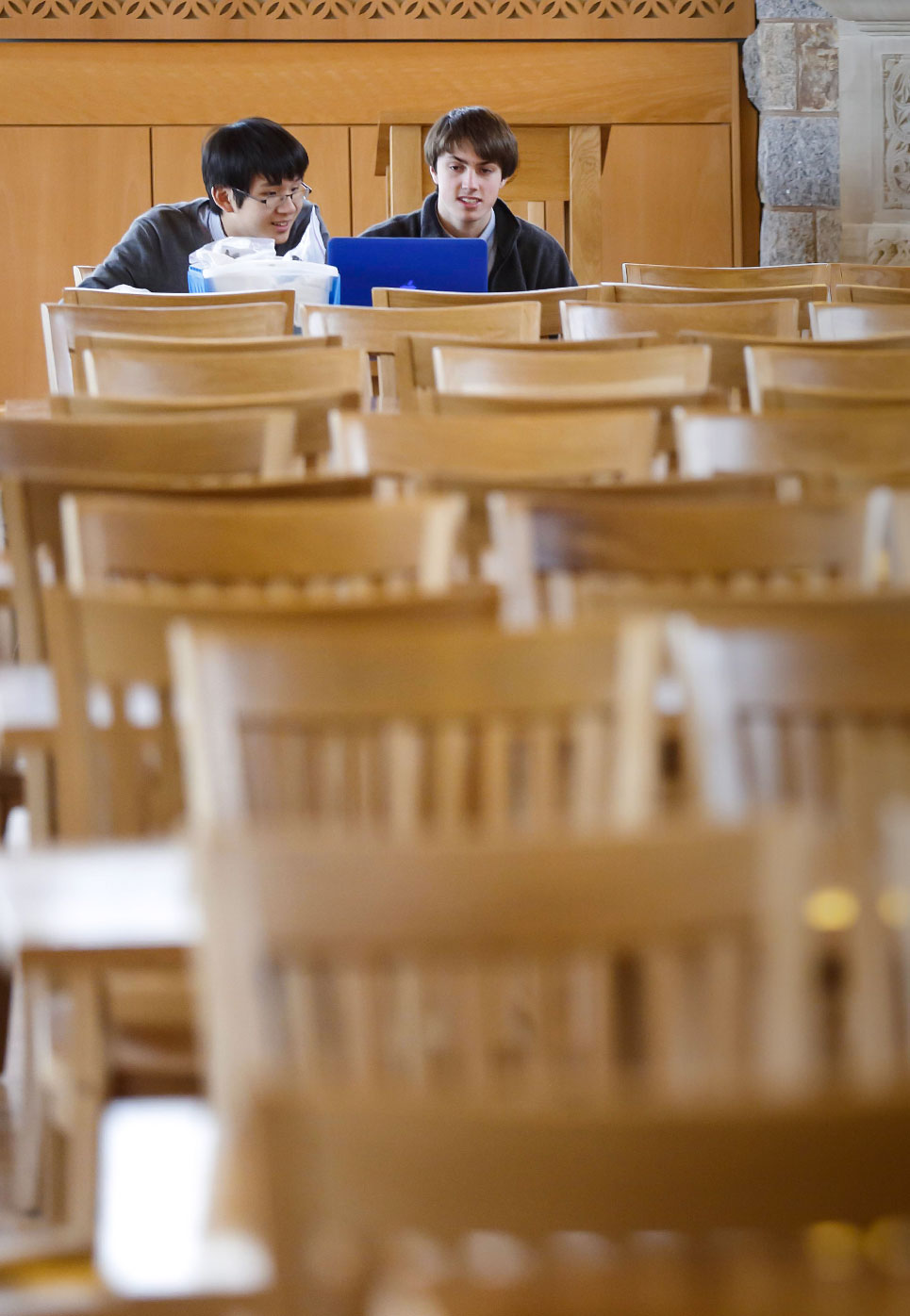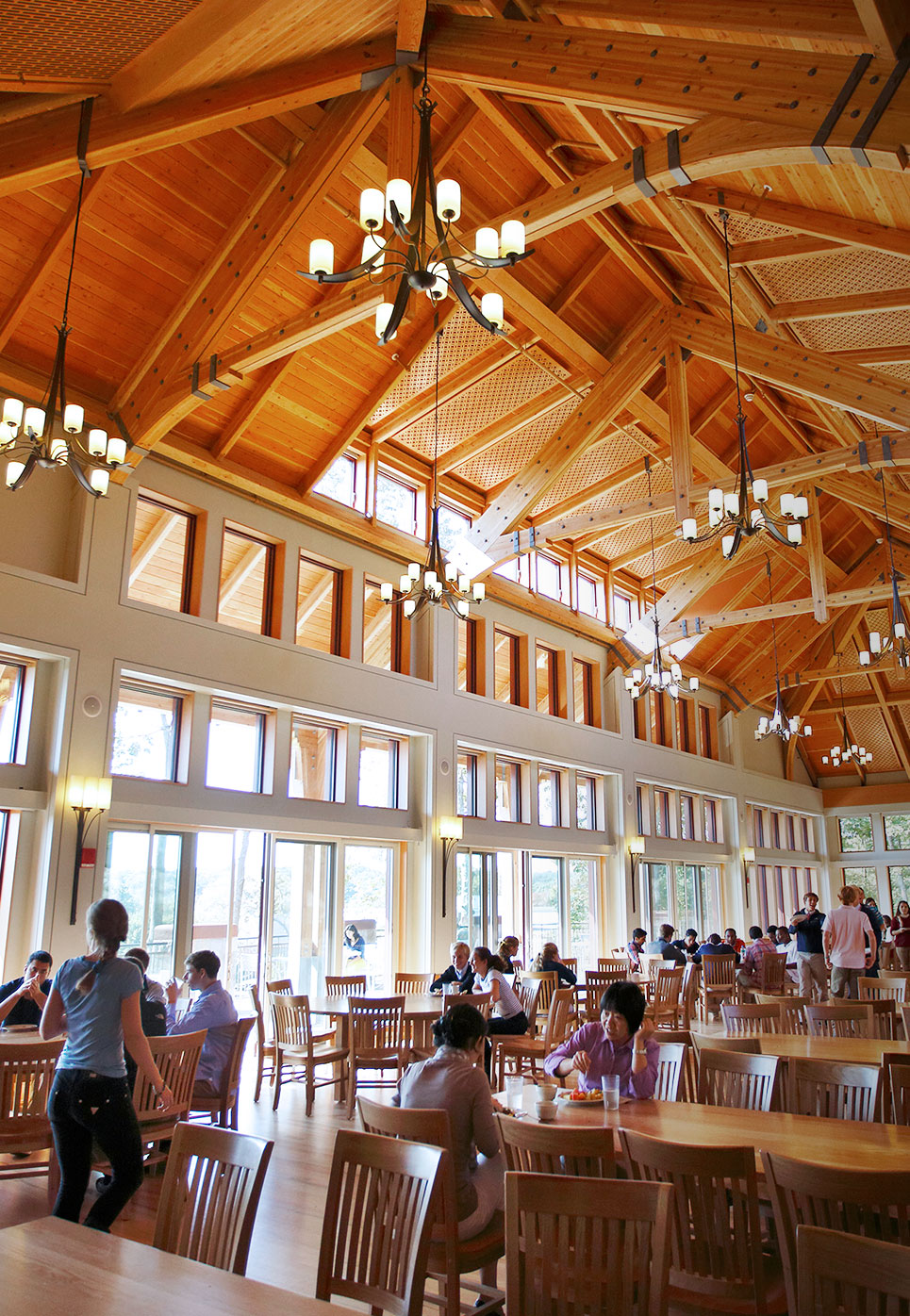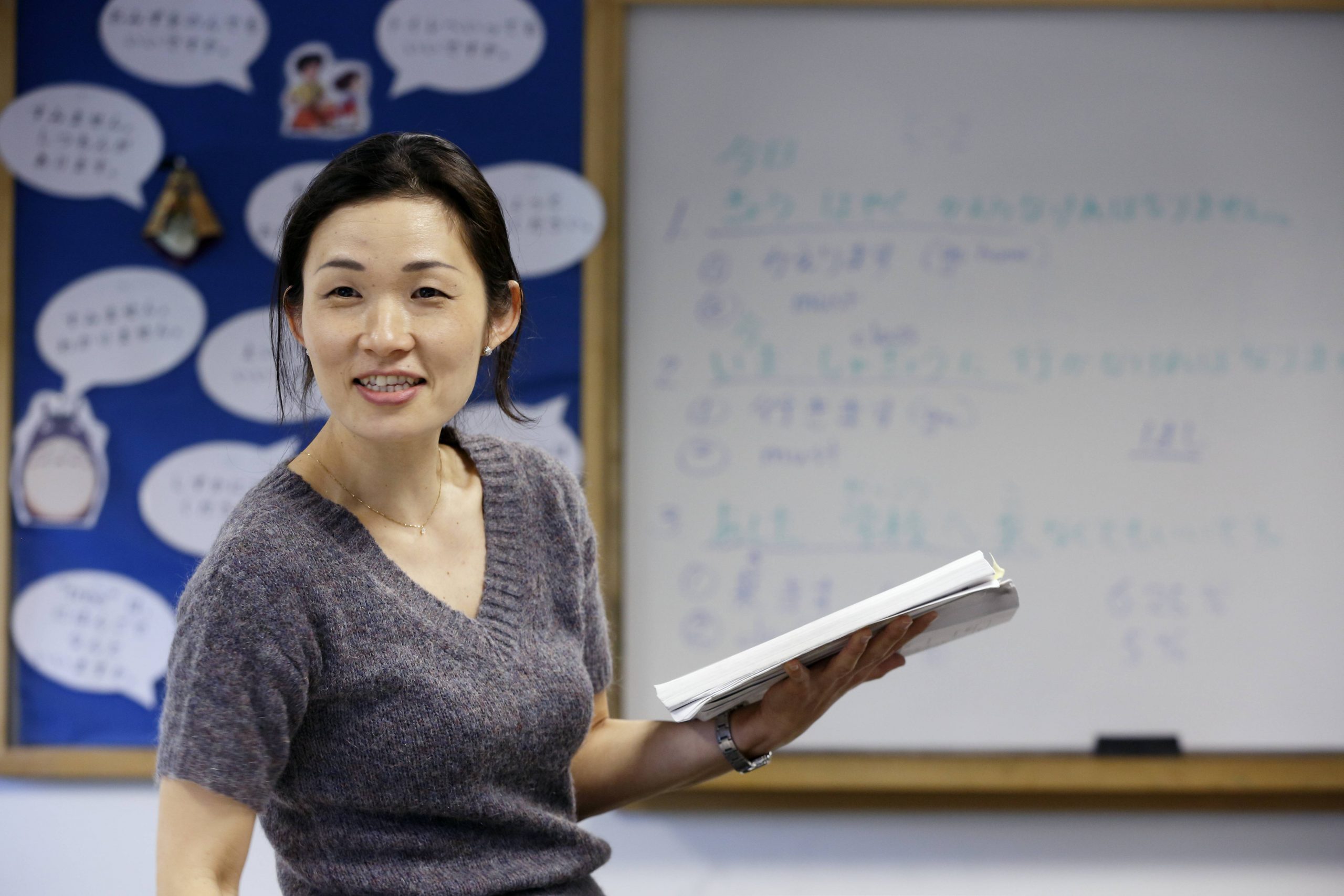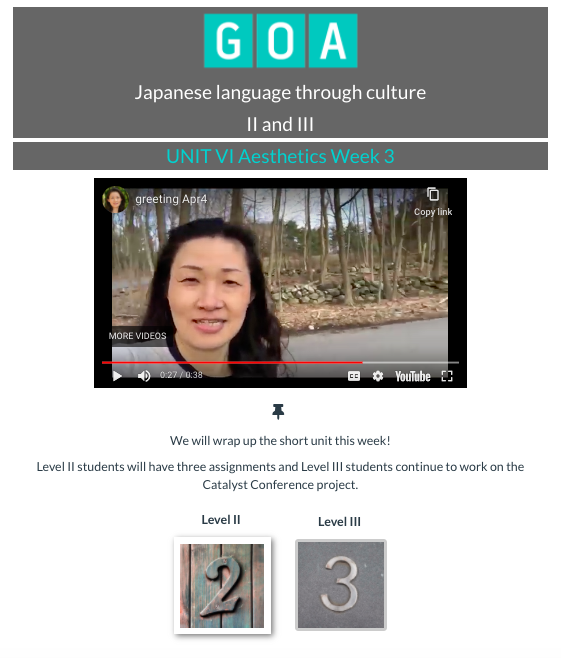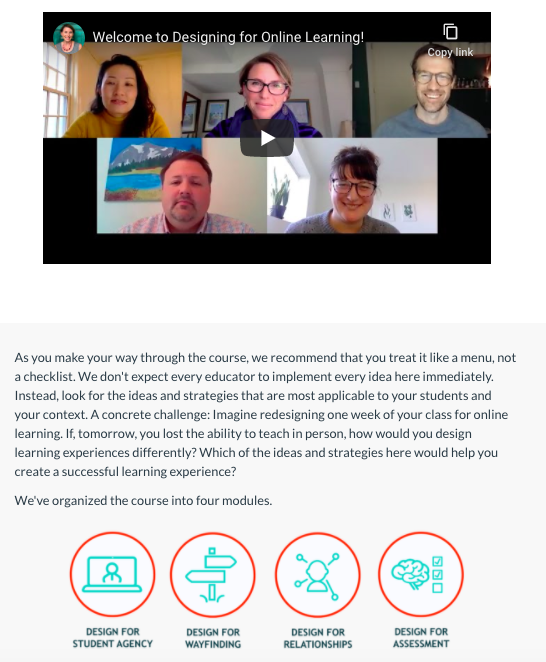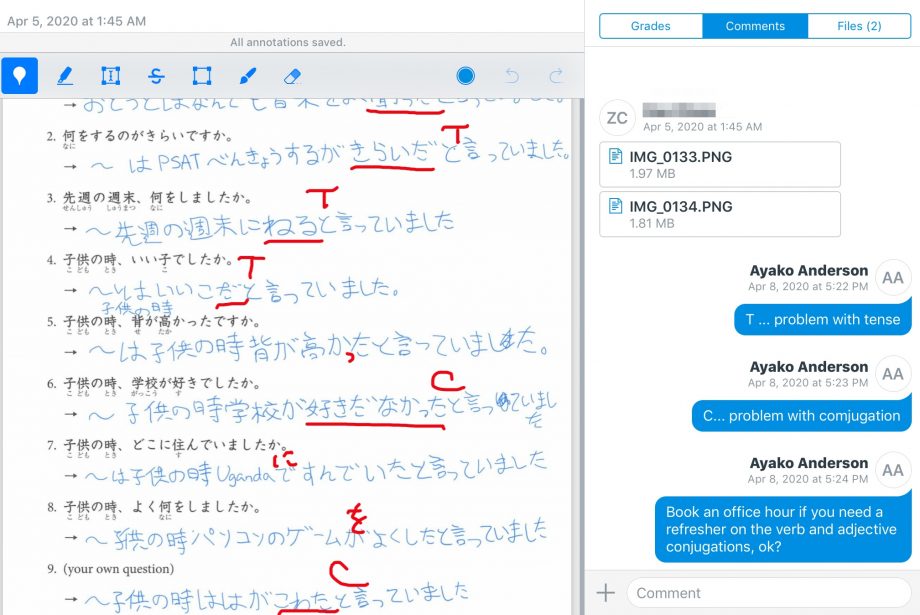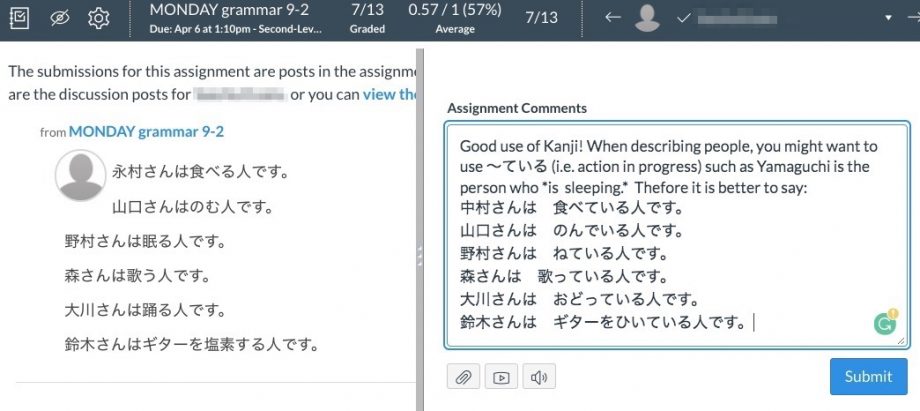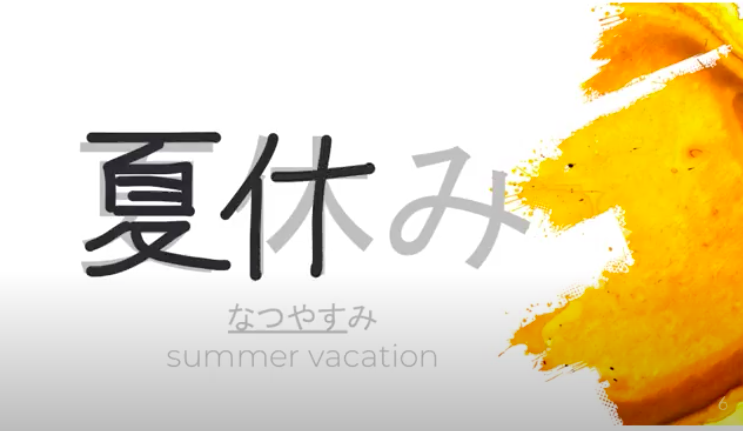For many educators around the world, Covid-19 demanded a brand-new approach to instruction, and brought with it the pressure to rapidly learn new technology. But for modern languages faculty member Ayako Anderson, who teaches Japanese, virtual learning has been her modus operandi since 2012. That was when she joined Global Online Academy to design and launch an online language course, Japanese Language through Culture. The consortium also offers a wide range of online courses to Nobles students. While Nobles is known for an ever-evolving, challenging curriculum, GOA gives students in Classes I and II additional choices with instructors around the world, with whom they collaborate on topics of mutual interest.
Anderson has also worked as an academic technology specialist with Nobles’ Information Systems and Support (ISS) department. She’s excited to rejoin the team headed up by Devareaux Brown ’97 this fall, after this current period of a shared online teaching experience with all colleagues. “I think people will come back with a fresh perspective,” she says. “I keep wondering, what would this have looked like in the ’80s? We would probably have completely shut down or sent out piles of worksheets in huge envelopes! Now, we can keep teaching and learning because we have these tools.”
In addition to her roles as faculty, coach and Nobles’ on-site coordinator for GOA, Anderson teaches Japanese at Nobles and as an adjunct at Phillips Academy Andover. She also lends student support in her multiple roles at Nobles, including as an advisor of A2A, the school’s Asian and Asian-American student affinity group.
Anderson’s online teaching expertise has been invaluable during the pandemic as she lends her insight to teams at both Nobles and Andover who are training faculty and staff. Just prior to the launch of Virtual Nobles, Anderson led a workshop on unit design for colleagues. She is also one of five GOA facilitators from different educational disciplines leading a professional development series about online teaching in late April for educators around the world. She will co-facilitate “Designing for Online Learning” alongside other topics including assessment, wayfinding (web navigation) and student agency.
“Because I made many mistakes, I hope to be helpful about things to watch out for and what not to do. I want to stress that at the end of the day, the fundamental teaching is the same; it’s just a different platform and way of articulating your teaching to your students,” Anderson says. She appreciates the advantage of the more leisurely one-on-ones with students that online learning schedules allow, and maintains relationships with her former GOA students, from New York to Japan. “Students can still get to know the teacher and get help,” Anderson says, and acknowledges that sometimes students open up more authentically than they would in person around their peers.
The hardest part about working remotely, Anderson says, is efficiently managing time. “If a class is not on your weekly schedule, it’s easy to procrastinate,” she says, emphasizing that the keys to working productively at home are establishing a structure and a good routine. “Have a place and time to do the work, and stick to it.”
Another advantage to online learning, Anderson says, is that some students benefit from the asynchronous work, which allows them to work at their own pace. For language learning especially, she says, “Listening to yourself speak is actually good. You might realize, ‘I didn’t say this well, let’s do it again. The process is actually part of the learning. Our job as educators is to make that process meaningful for kids; that’s the point—not getting an A or B. It’s the shift from, ‘What do you know?’ to ‘What can you do with it?’”
In the April 10 edition of the Nobles U professional development newsletter edited by history faculty member Mike Kalin and Putnam Library co-director Emily Tragert, Anderson contributed an article called, “How Can We Make Our Students Feel Seen and Cared for at Virtual Nobles?” In it, she prescribed prompt feedback over crafting a “perfect” video lesson. “In the remote learning setting—more so than a traditional classroom—you play a critical role in diagnosing where the students are and showing them what they need to do in order to get from point A to B in their learning path.” She encouraged colleagues to use face-to-face meetings with students to express “kudos and general feedback with appreciation and enthusiasm.”
Anderson reminds teachers to “look for the empty seats.” For students missing class or assignments, unknown factors may be contributing to their struggle, and compassion is key. “Reach out to the student. Ask, ‘How is it going? Let me know how I can help,’ and initiate the web of support with the advisor, class deans, and appropriate team.” That personal connection is even more essential now as those threads become tenuous in absentia. “Personal kudos will make the student(s) feel seen and heard, and inspire others in an online classroom where it is harder for students to see each other’s work,” Anderson says.
With her usual humor and humility, Anderson assures colleagues, “I can safely say to all the oops and bumps you are going to encounter: Been there. Done that. Good luck with your new online adventure. You will come out the other side stronger than ever—with a new perspective and appreciation for teaching.”

